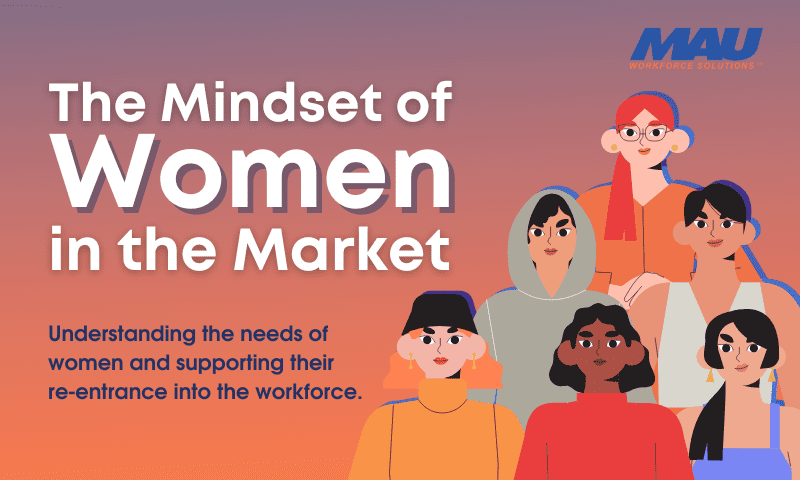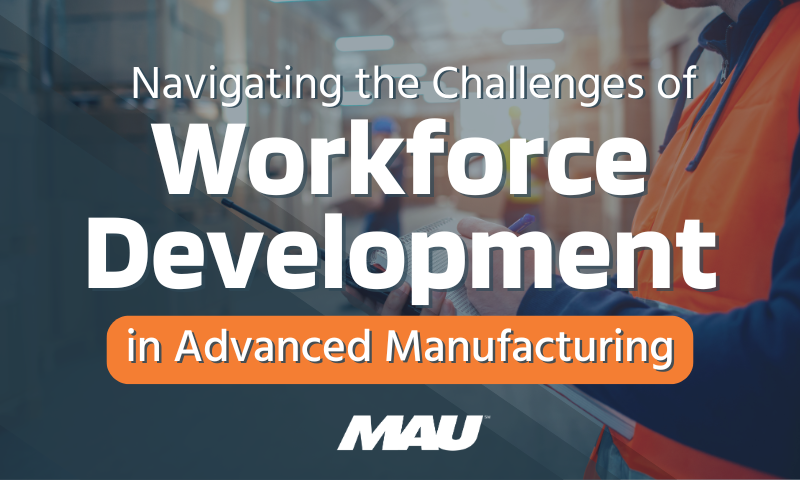For women both in and outside of the workforce, finding and navigating work-life balance is a full-time job in and of itself. From discrimination to lack of family support and underpaying, women’s specific needs are left consistently unmet.
The pandemic has impacted everyone in immeasurable ways, but for women and mothers, the pandemic proved life-changing. The labor force participation rate for women aged 20 and over was 58.0% in February 2022, still below where it was before the pandemic, where men’s participation rate is over 70%. And as of 2020, the wage gap still exists, with women making $0.83 to a man’s dollar.
While this gap in labor force participation varies depending upon demographics, it’s among the worst for women of color — black women in particular. In fact, the unemployment rate for black women actually increased from 5.0% to 5.9% from April to May 2022, despite a thriving job market.
The United States is one of the only industrialized nations on Earth that doesn’t guarantee paid family leave, and childcare can be incredibly expensive once new parents return to work. Add to that how the burden of caregiving falls on women disproportionately, and many women find they can actually save money in the short term by not returning to the office.
Other issues include employer bias against those with a gap in their resume — even one caused by a growing family — and the bias against women in certain professions, including tech and the skilled trades.
For women currently in the workforce, many are facing dissatisfaction and burnout. Women are more likely to be looking for a new role than they were a year ago, and burnout is the top driving factor: nearly 40% of women actively looking for a new employer cited it as the main reason. Over half of women want to leave their employer in the next two years, and only 10% plan to stay with their current employer for more than five years.
Women are indispensable in the workforce and add tremendous value to the roles they fill, so in the long term, it’s going to be essential for businesses to improve job quality overall for women. The question remains, what do women prioritize in the workforce? And how can employers meet those needs? MAU’s recent survey on flexible work has shed some light on the answers; check out this infographic to see the results!





